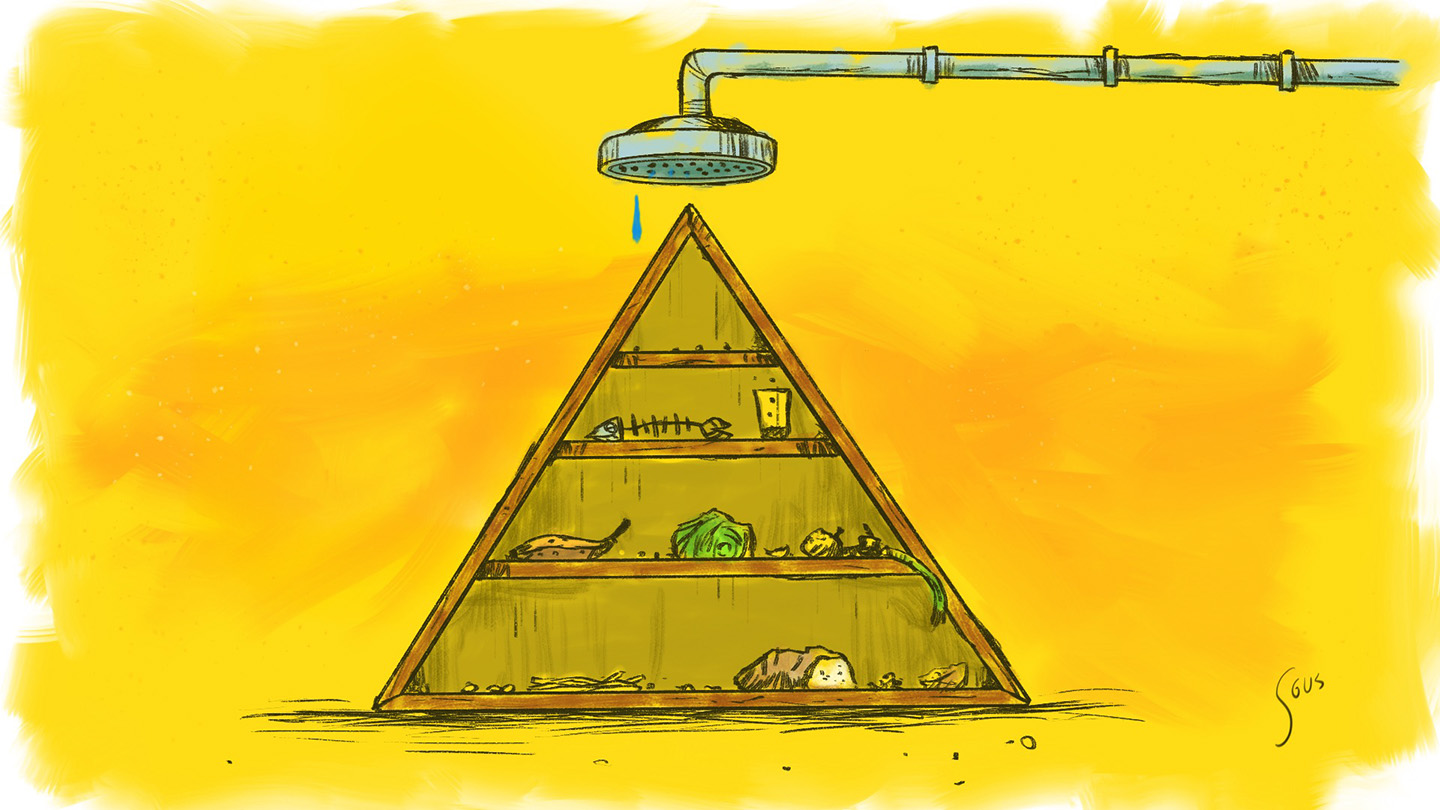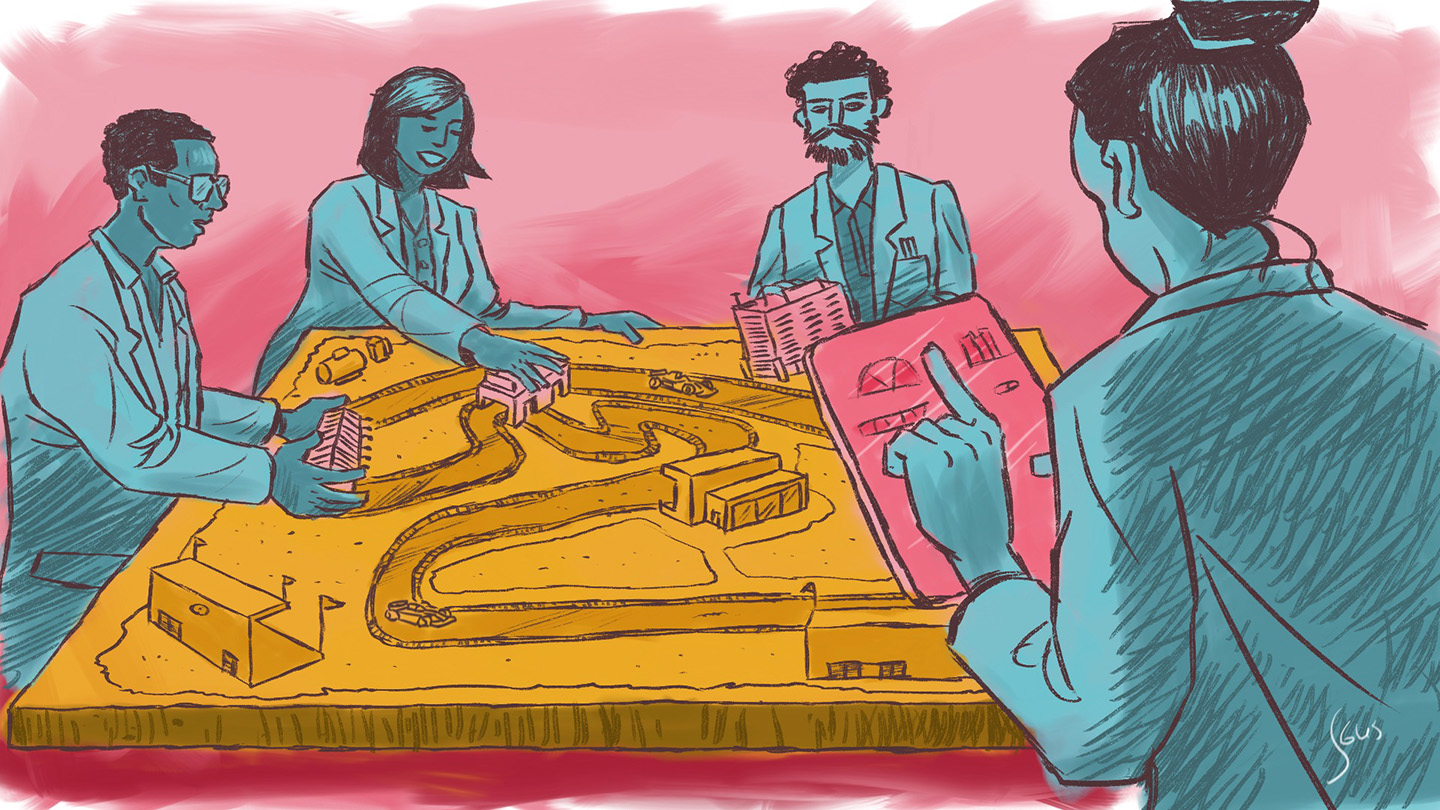
January 18, 2024
The Reinsurance Gap: Climate Disasters Outpace Financial System
In 2023, the EU and United States experienced record-breaking heatwaves, wildfires swept through Mediterranean nations, and East Africa faced severe flooding despite ongoing drought conditions. The total loss and damage costs: $250 billion.
The Loss and Damage fund (L&D) was established at COP27 to support developing countries with recovery efforts from climate-related disasters. By COP28, total commitments to the L&D fund reached only $700 million, falling far short of the needed amount.
Loss and damage costs already exceed what countries are prepared to pay. A universally effective financial framework is essential to support developing countries and ensure global accountability.
How does this affect you?
Insurance companies need to evaluate both current and future L&D costs as the demand for L&D funding will increase even in regions with strong insurance markets.
Reinsurers need to prepare for increased global volatility by creating new products focused on mitigating climate risk in addition to traditional risk-transfer mechanisms.
Policymakers need to establish a financial system that fosters economic development instead of relying on stopgap solutions during crises.

The L&D fund is designed to offer financial aid to developing nations most vulnerable to and affected by climate change. However, the L&D fund will face a shortfall of an additional $150-$400 billion annually by 2030. If the costs associated with paying for preventative measures are included, an additional $160-$340 billion will be required by 2030.
In addition to insufficient funding, the L&D fund also has a perception problem. The existing structure mirrors that of a philanthropic fund, as it depends on donation-based commitments by G20 nations but lacks enforcement mechanisms to ensure payment. Committed nations have yet to follow through for various reasons:
In my backyard. G20 nations also need funding. Last year, wildfires in the EU incurred $4.43 billion in damages. However, many G20 nations facing climate-related events lack a comprehensive public compensation system. As a result, EU member states (ineligible for the L&D fund), such as Portugal, are left without comparable systems.
Awareness and incentive. G20 nations should contribute not only out of obligation but also because L&D funding will support global industries and ecosystems. An L&D problem in India, a significant cotton producer, affects the fashion industry. An L&D problem in Bangladesh, a major rice producer, impacts food security.
A new financial reinsurance system should replace the existing L&D fund, incorporating its purpose and demanding accountability and investments from all nations. This approach enables developing countries to join existing financial systems and promotes economic growth.
As seen above, the current state of insurance and reinsurance markets varies. While some can directly handle damages, many developing countries lack the tools and resources:
California, USA. The state introduced the FAIR Plan to insure those who cannot obtain insurance through private companies. With pricier premiums and coverage of high-risk properties, the FAIR plan acts as a joint reinsurance association formed by licensed insurers.
Bangladesh. On the contrary, Bangladesh only has one reinsurance company, Sadharan Bima Corporation (SBC). By law, all private insurers are required to reinsure 50% of businesses through SBC, and the remaining half can be in or out of Bangladesh.
India. All private and public insurance companies must reinsure a percentage of their policies by the state-owned reinsurance group, General Insurance Corporation of India (GIC Re).
In California, wildfire L&D is shared among various insurance companies, reducing overall risk and enabling residents to insure their homes. However, the limited capital in Bangladesh restricts financial protection, even for insured individuals under SBC. As a result of the heightened risk, foreign reinsurance companies are more cautious about investing in developing countries like Bangladesh. In contrast, GIC Re in India is a member of multiple international reinsurance groups, ensuring steady cash flow and dispersed risk.
When the purpose of an L&D fund is covered by a reinsurance framework, regions can protect themselves by paying premiums to cover risks when government funds are exhausted. How might this framework better support developing nations?
Adaptation fund. The funding gap for adaptation efforts in developing nations currently requires about five to ten times more funding. Redirecting more funding to adaptation measures can ultimately reduce avoidable L&D costs.
Integration into the financial system. Policymakers should establish financial channels to help developing nations integrate into the current market, unlocking and anticipating economic growth in the next twenty years.
Better infrastructure. Establishing a universal financial system and increasing investment funding will provide developing countries with the necessary resources and incentives to build more robust infrastructure.
The L&D fund was established to champion environmental justice in developing nations, responding to the impacts of extreme disasters. Despite its intentions, the fund falls short of addressing the core issues and instead places temporary crutches instead of long-term solutions. Breaking this pattern is a global responsibility to ensure a greener and environmentally just future.
Until next time,
Actual
More recent newsletters
April 25, 2024
ACTUAL
Catalonia, Spain, has recently declared a drought emergency as reservoirs plunge to critically low levels at just 15% of full...
April 11, 2024
ACTUAL
The automotive industry has been undergoing a drastic transformation, transitioning from combustion engine vehicles to include EVs, hybrid engines, and...
March 21, 2024
ACTUAL
The thrilling races of Formula 1 are powered by behind-the-scenes innovation, where even the slightest tweaks in aerodynamics or engine...


